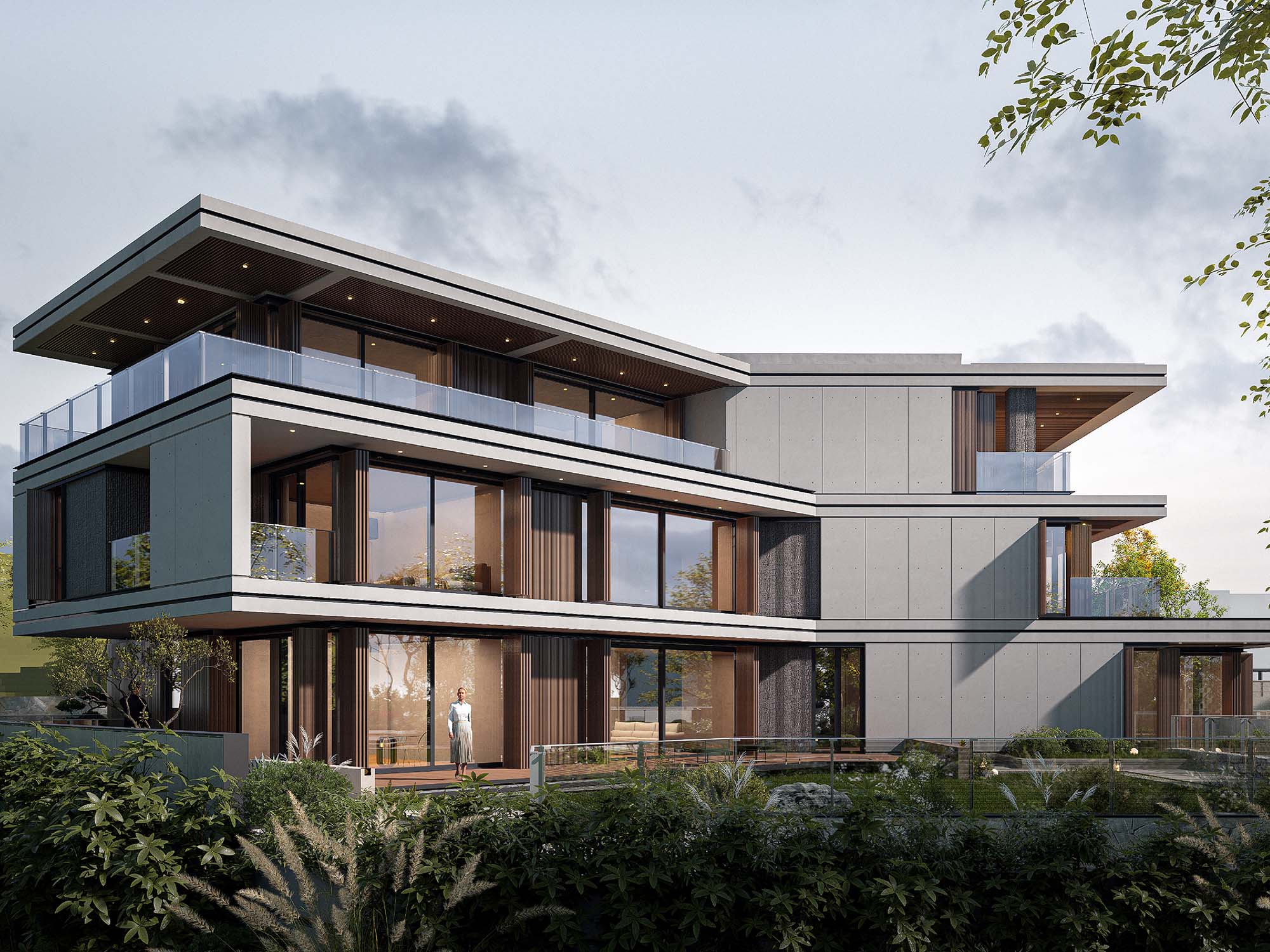gooood interviewed RUAN Hao, the founder and chief architect of LYCS Architecture, for a conversation on three themes: challenges in educational architecture, ideal educational architecture and past practices, hoping to provoke more thoughts on the current situation and development direction of educational architecture in China.

Q: What are some of the challenges that you usually encounter in practicing educational architecture? And how are they solved?
A: "One of the challenges is that as urban resources are further concentrated in order to increase competitiveness, the density of a large number of chinese cities continues to intensify, causing the density of primary and secondary schools in them, and the corresponding density of single-school teachers and students, to increase further. As a result, the problems of insufficient land and limited activity space for campus planning and construction come to the fore, while the intensive nature of high density largely limits the space for the design of primary and secondary schools in terms of spatial scale, flow, and behavior patterns. However, high density is not the root cause of the above problems, it is a final presented result. It is the architectural organization that determines the spatial organization that is the core problem: The inherent hierarchy of school education management makes campus design often start with a top-down mindset of managers, pursuing effective management and management safety. The institutional hierarchy forms the planning hierarchy, and a series of design methods such as axes, static and dynamic partitioning, and the planning of three zones for teaching, movement and living are all responses to this design mindset. This starting point ignores the behavioral needs of students, who are the majority of actual users, and their corresponding spatial requirements.
Therefore, in the process of design practice, we constantly try to explore the design methods of primary and secondary schools in high-density environment from the perspective of user behavior, and conclude the three design strategies of "small scale", "pro-user" and "make connection" and their refined solutions. "These three design strategies and their detailed solutions."

Q: What is the ideal educational building in your mind?
A: "We believe that the ideal educational building should be truly user-oriented, effectively ensuring teaching needs while allowing children to form better interaction and growth with the help of architectural space, that is, a space that brings joy to children, carries the differentiated behaviors and individual needs of students of different ages and scales, and stimulates students' spirit of exploration and curiosity. While fully satisfying and not limited to the function of teaching, educational buildings maximize individual independence and freedom, emphasize respect for the natural development of children's psychological, physical and social nature, get different learning experiences, and finally allow individuals to build themselves psychologically in interaction with the environment and community, and gradually form a sense of individuality and responsibility. "

Q: Please share one of your most satisfying educational building projects, or a part of a project, and tell us why.
A: "In Hangzhou future science and technology city haishu school, there are 15 double-sloped roofs on 15 small buildings, creating 15 kinds of space states under the roof and adding 15 extracurricular playgrounds: Hide and seek, plantation, small theater, reading room, running track, stargazing room, overlook, etc. These roofs are connected to the lower corridor by stairs, forming a system of rooftop activity fields. Under the shelter of the roof, students' activities are not affected by the weather. The change of cavity interface introduces sky light and nature, the rich height difference of profile brings the expansion of activity style, the difference of plane partition and enclosure style brings the planar mobility: All these are to divide the small scale, increase the diversity of space and let students discover the usage style by themselves. "

For more information, please click: About China Education Architecture - gooood.cn




